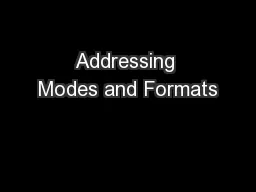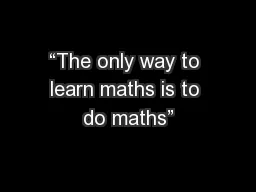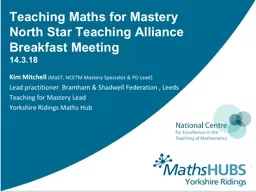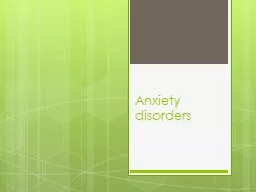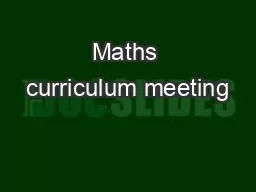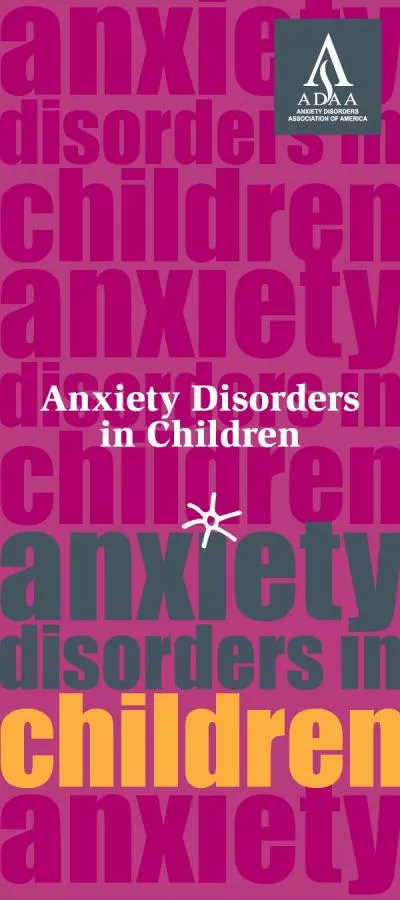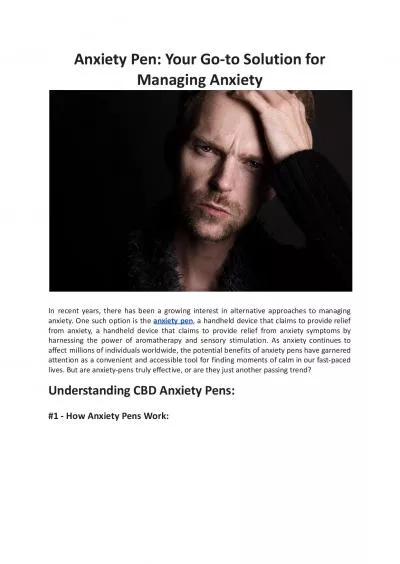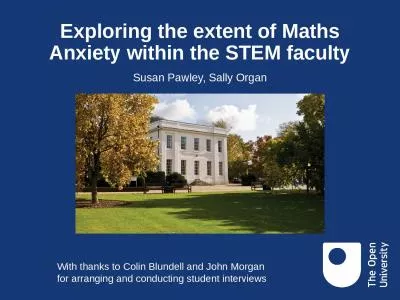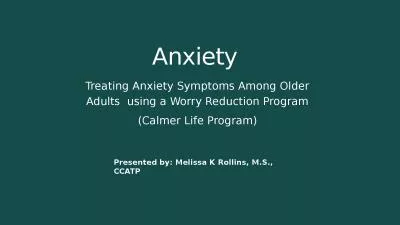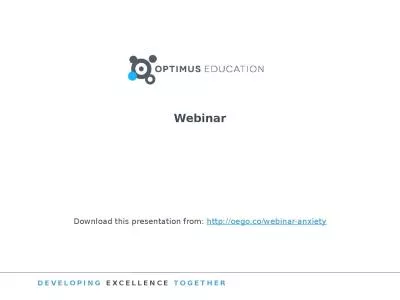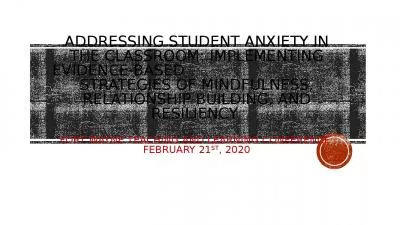PPT-ADDRESSING MATHS ANXIETY WITHIN THE CURRICULUM
Author : phoebe-click | Published Date : 2019-11-27
ADDRESSING MATHS ANXIETY WITHIN THE CURRICULUM Ongoing study by the Maths and Statistics Support Centre MASH and Specialist Learning Differences SpLD team at the
Presentation Embed Code
Download Presentation
Download Presentation The PPT/PDF document "ADDRESSING MATHS ANXIETY WITHIN THE CURR..." is the property of its rightful owner. Permission is granted to download and print the materials on this website for personal, non-commercial use only, and to display it on your personal computer provided you do not modify the materials and that you retain all copyright notices contained in the materials. By downloading content from our website, you accept the terms of this agreement.
ADDRESSING MATHS ANXIETY WITHIN THE CURRICULUM: Transcript
Download Rules Of Document
"ADDRESSING MATHS ANXIETY WITHIN THE CURRICULUM"The content belongs to its owner. You may download and print it for personal use, without modification, and keep all copyright notices. By downloading, you agree to these terms.
Related Documents


